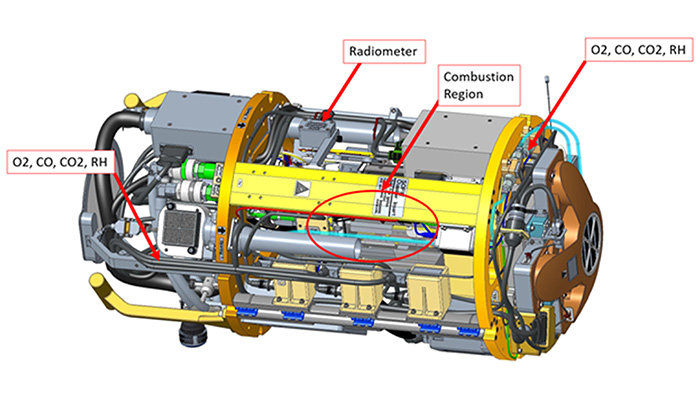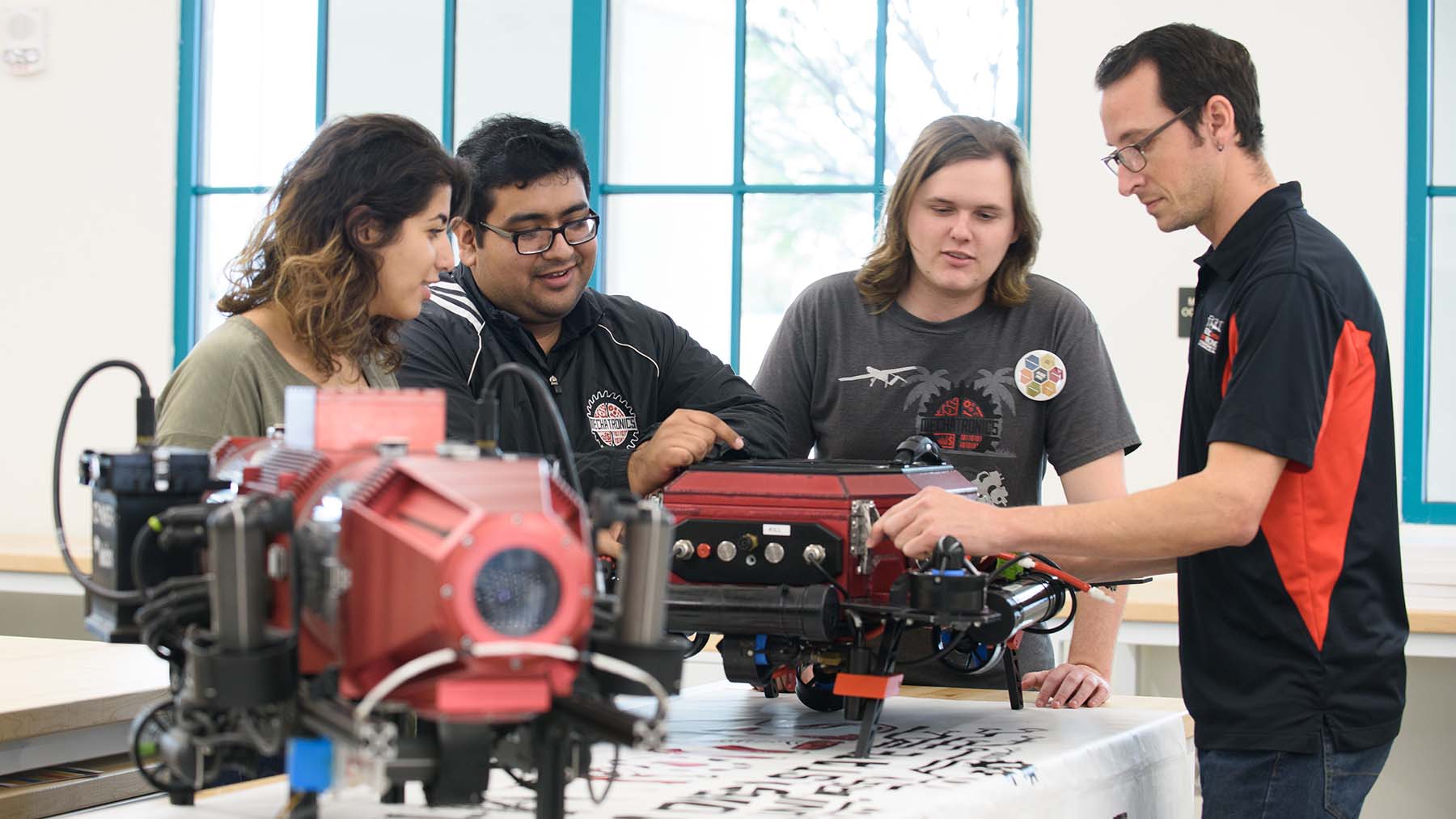$514K NASA Grant Supports Work on Fire Spread in Microgravity Environments

Dr. Subrata Bhattacharjee, Professor of Mechanical Engineering, has been awarded $514,000 by NASA for the project “Residence Time Driven Flame Spread in Microgravity (RTDFSM)”. The project aims to understand flame spread and mitigate fire danger in outer space. Below is the abstract of the project.
It is a certainty that one day humans have to set out for long voyages to discover exoplanets that can sustain life to find alternatives to Earth, which has an expiration date. Those long voyages will involve a self-sustaining environment where people can live for generations. NASA has devoted a considerable amount of funding to find solutions to various issues that are involved in such space travels. One such critical issue is unwanted fire: wherever there are humans, there must be oxygen and, therefore, an inherent fire danger. There is no where to run out and fires has to be extinguished at its inception if possible. The RTDFSM project is part of NASA’s SoFIE (Solid Fuel Ignition and Extinction) (https://www1.grc.nasa.gov/space/iss-research/iss-fcf/cir/sofie/) experiments to be performed in the International Space Stations in the coming years to understand how fires spread over solid combustibles in a microgravity environment.
Hot air from fire rises upward on Earth due to buoyancy force which is in opposite direction of gravity. In a gravity less environment, this primary mode of energy transfer can be completely absent. As a result, thermal radiation starts playing a much bigger role compared to small fires on earth. A long-established formulas (known as de Ris formulas) for how fast a flame spreads over a solid fuel, based on the neglect of radiation – a common assumption for small earth based flames - does not work in a gravity less environment. By radiation to the theoretical model, I derived two new formulas, the counter part of de Ris formulas in a low-gravity environment. One of the implication of this expressions was that a flame may self-extinguish (choke itself) if a fuel is thicker than a critical thickness under a given ambience. The current project is to test that hypothesis. A set of experiments will be conducted by igniting acrylic strips and observing the flam spreading across it for different fuel thicknesses in different ambient conditions. If the flame extinguishes for a thickness above the predicted thickness, it will be considered a major success for the project. Thermocouples, radiometers, and oxygen and carbon-di-oxide sensors will be used to create a thermal and species field from the experimental data. These data would be used to verify the mechanism revealed by numerical analysis that the species field expands through diffusion while the thermal field is shrunk due to radiative losses, allowing the accumulated combustion product to choke the flame. The flame itself acts as a fire extinguisher – at least for small spreading flames in a quiescent microgravity environment. The critical thickness above which this happens can be a important design criterion for any combustible materials that are part of the long space voyages.

